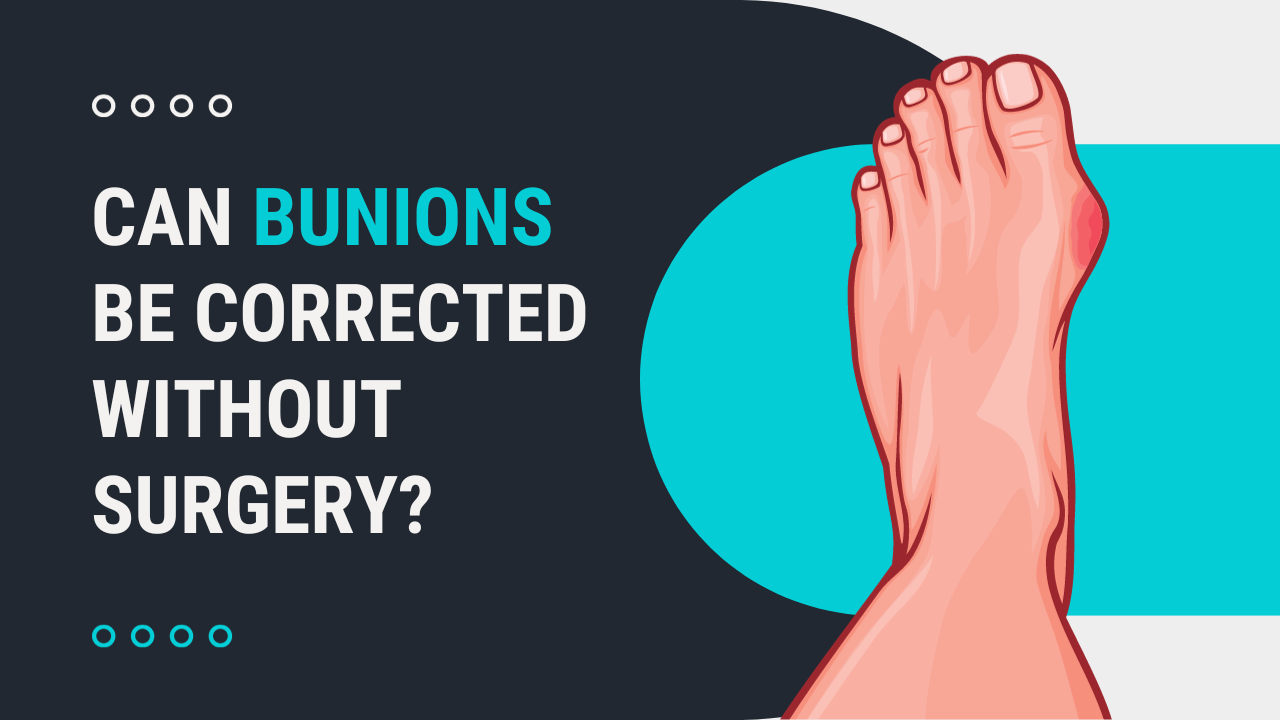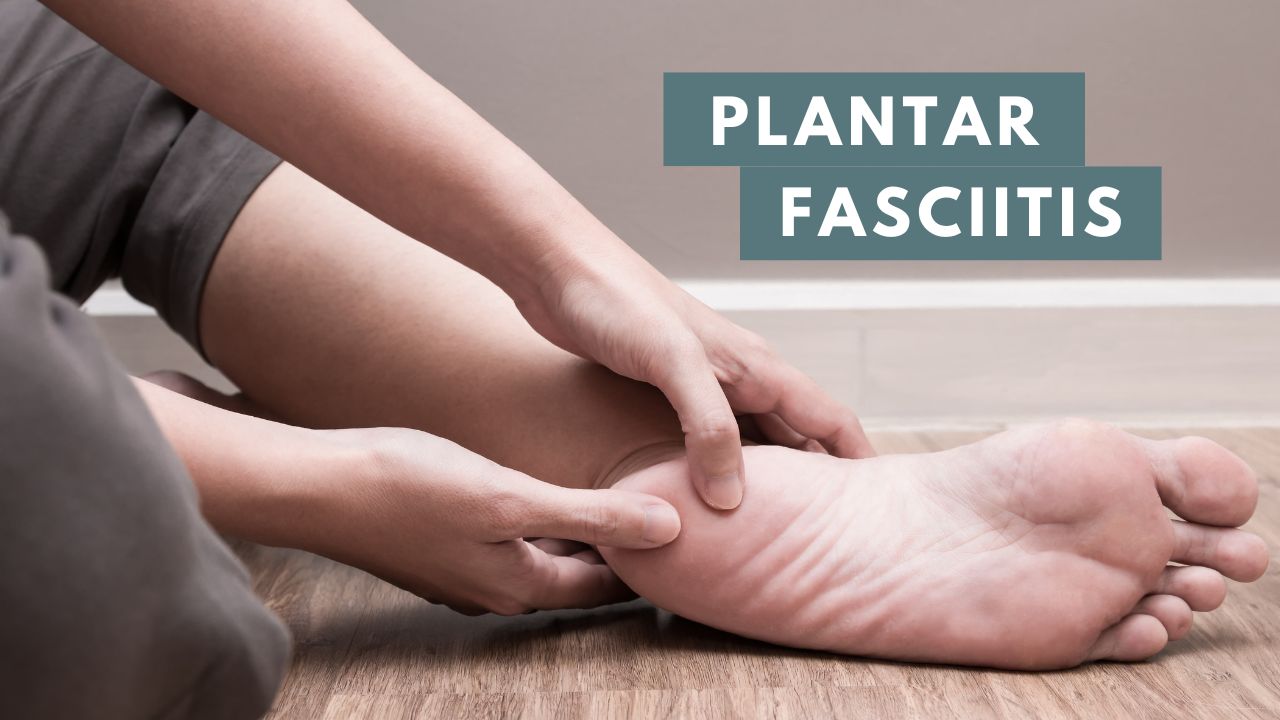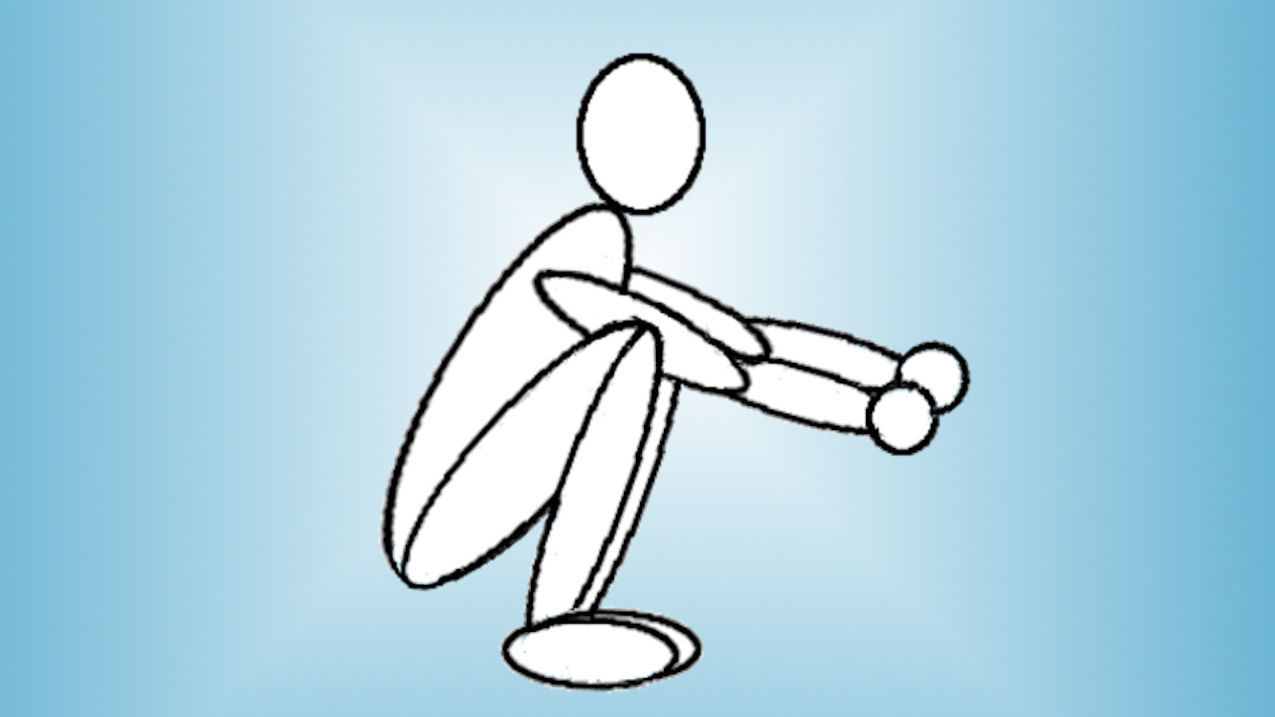Orthotics, also called shoe inserts or orthoses, are often prescribed for the treatment of flat feet and pronation related problems. The sale of in-shoe foot orthotics is a huge industry. The Canadian Medical Association Journal reported that annual sales of orthotics were projected to reach US $4.7 billion dollars a year by 2015.
Many people use orthotics with the belief that wearing them will help them prevent or recover from injuries. Despite this widespread use, there is not a lot of research supporting the benefits orthotics are often claimed to provide.
Dr. Hamill, professor of kinesiology and the director of the biomechanics laboratory at the University of Massachusetts states that:
the main thing to note is that, as biomechanists, we really do not know how orthotics work.
One issue making orthotic prescription difficult is that individuals respond differently to them. A 2003 study found that some runners that overpronate responded as expected when given orthotics to correct their foot motion.
Some of the subjects, however, showed increased rearfoot motion. This means they were pronating more than without the inserts. An insert that corrects pronation in one person may actually worsen the problem in another. The authors of the study suggested that people with flat feet may pronate more when wearing orthotics.
Dr. Benno Nigg, a professor of biomechanics and co-director of the Human Performance Lab at the University of Calgary in Alberta, has spent a good amount of time studying the way orthotics work. An article from The New York Times in 2011 discussed Dr. Nigg’s research into how unpredictable the effect of wearing orthotics can be:
Dr. Nigg sent a talented distance runner to five certified orthotics makers. Each made of a different type of insert to “correct” his pronation. The athlete wore each set of orthotics for three days and then ran 10 kilometers, about 6 miles. He liked two of the orthotics and ran faster with them than with the other three. But the construction of the two he liked was completely different.
A number of variables are involved when looking at the effects of orthotics. Not only is there a lot of variability in the way orthotics are constructed, but every individual also has a unique bone and joint structure that needs to be considered.
Prefabricated vs. Custom Orthotics
There is a lot of debate on whether custom made orthotics are better than the kind you buy off-the-shelf. Individual studies generally show no difference between the outcomes of wearing either type. There was one study that concluded that pre-fabricated (non-custom) orthotics are better at controlling foot motion while custom-made orthotics were better at shock absorption.
Comfort may also be an important factor regarding the choice of orthotics. If a person feels like they can move better when using a certain insert, then likely they’ll feel better in general.
Orthotic Model Not So Certain
The theory behind orthotic supports comes from the idea that excessive pronation of the foot causes pain and injury. Orthotics were believed to control the motion of the foot and correct skeletal alignment thereby making them capable of treating or reducing the risk of injury. A 2009 study published in the British Journal of Sports Medicine concluded from available studies that orthotics cause only a small (~2 degree) change in foot and ankle motion. So if orthotics don’t change the way the foot moves, then why do some people feel better when they wear them?
Alternate Theories
- Shock Attenuation: an orthotic acts as a cushion between the foot and the ground.
- Change in Kinetics: an orthotic device alters the way forces travel through the leg
- Neuromotor Control: an orthotic may provide sensory input to the foot that results in improved muscle function.
- Motion in Other Joints: most orthotic studies have only looked at rearfoot motion so it’s still possible orthotics have an effect by influencing the motion of other joints in the foot.
- Placebo Effect: sometimes the expectation that an intervention will work is all it takes to feel better
Different Model
There is another type of shoe insert supposedly designed to help strengthen the arch. These inserts supposedly work by providing a stimulus to the sole of the foot in the area of the arch. Basically, there is a little dome that sits under the arch. The makers of these orthotics claim having that bump activates the muscles in the arch. In theory, I like this idea. Think of the way your foot moves when walking barefoot over a rough surface. You step more deliberately because you need to be careful how you transfer weight onto your foot. So I can imagine how these insoles might give some sensory feedback about the movement of your arch which could help control pronation. Whether this type of insole works in practice requires further research. Ultimately, I still feel that exercises are a better approach for improving the shape and function of the arch.
My Thoughts
I’m not an advocate for using orthotics, generally. I had a bad experience with them in that I have a strong suspicion that they contributed to the plantar fasciitis I had in my left foot. Undoubtedly, there are people who benefit from them though.
There is no “one-size-fits-all approach” that will work for everyone, but I think there is evidence that many cases of flat feet and excessive pronation can be managed with exercise. Using an artificial arch support could conceivably prevent the arch from doing what it is built to do–which is to support the foot!
If anything I would go in the opposite direction and say many people could benefit from spending more time going barefoot rather than in supportive footwear. If flat feet are caused by weakness in the muscles that support the arch then those muscles need to be used and strengthened, not held in a fixed position.
References
1. Collier R. Orthotics work in mysterious ways. Canadian Medical Association Journal. 2011 Mar 8;183(4):416-7.
2. http://www.nytimes.com/2011/01/18/health/nutrition/18best.html
3. Mills K, Blanch P, Chapman AR, McPoil TG, Vicenzino B. Foot orthoses and gait: a systematic review and meta-analysis of literature pertaining to potential mechanisms. British journal of sports medicine. 2009 Dec 8:bjsports66977.
4. Williams 3rd DS, McClay DI, Baitch SP. Effect of inverted orthoses on lower extremity mechanics in runners. Medicine and science in sports and exercise. 2003 Dec;35(12):2060-8.
5. Murley GS, Landorf KB, Menz HB. Do foot orthoses change lower limb muscle activity in flat-arched feet towards a pattern observed in normal-arched feet?. Clinical Biomechanics. 2010 Aug 31;25(7):728-36.
6. Kulig K, Burnfield JM, Reischl ST, Requejo SM, Blanco CE, Thordarson DB. Effect of foot orthoses on tibialis posterior activation in persons with pes planus. Medicine and science in sports and exercise. 2005 Jan;37(1):24-9.



Hey James, What are your thoughts on running shoes? Is it important to have a good arch? The shoes Iv’e been using are really broken in, and I’ wondering if this is affecting the arch of my foot?
Hi Matt–your timing is really great because I just finished a post on the effect shoes can have on the arch. You can check out the post here, but basically I think that an arch support and wearing really supportive shoes all the time may do more harm than good.
In the past the thinking was that overpronators and people with flat feet needed to wear supportive shoes to control the motion of the foot. Recent evidence is showing there is not much science to back that model up. I would go even further to say shoes with lots of support can have a negative effect because they may alter the function of the muscles that support the arch.
My preference now is to wear running shoes with little or no arch support. Last year when I started this project I bought a pair of Merrell Trail Glove running shoes which are considered minimalist or “barefoot” style. It was a big transition going to those from the stability shoes I used to wear for running, but I feel like having less support has helped with the strength in my arch.
I can’t say if this would specifically apply to you, but I think in general most people would benefit from spending time in shoes with less support. There are running shoes out there now that are considered “transition shoes”. These have flexible soles, smaller heel-toe differential, and less overall cushioning and support. These are the types of shoes I recommend to people looking to move away from traditional stability shoes.
I hope that helps answer your question.
James